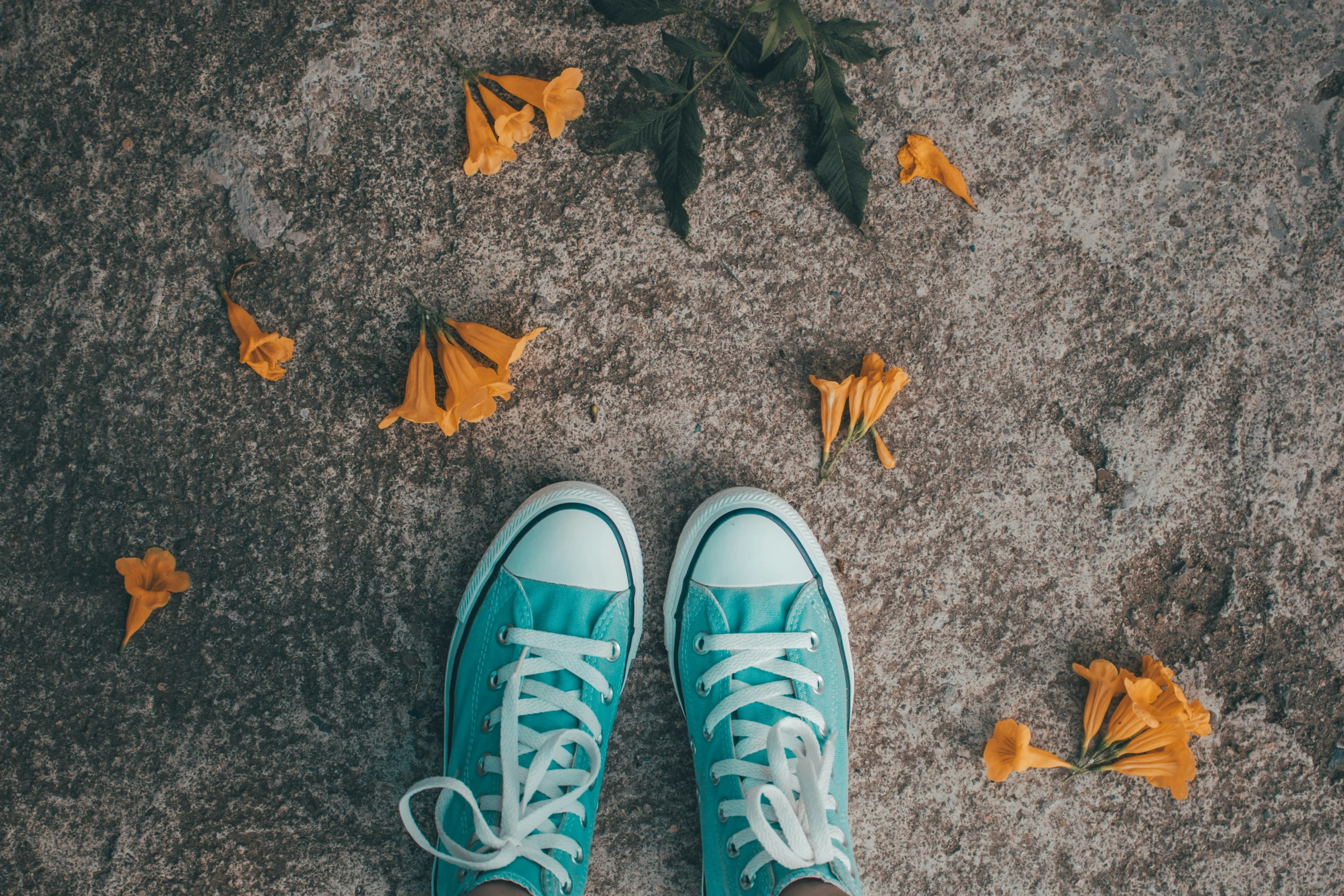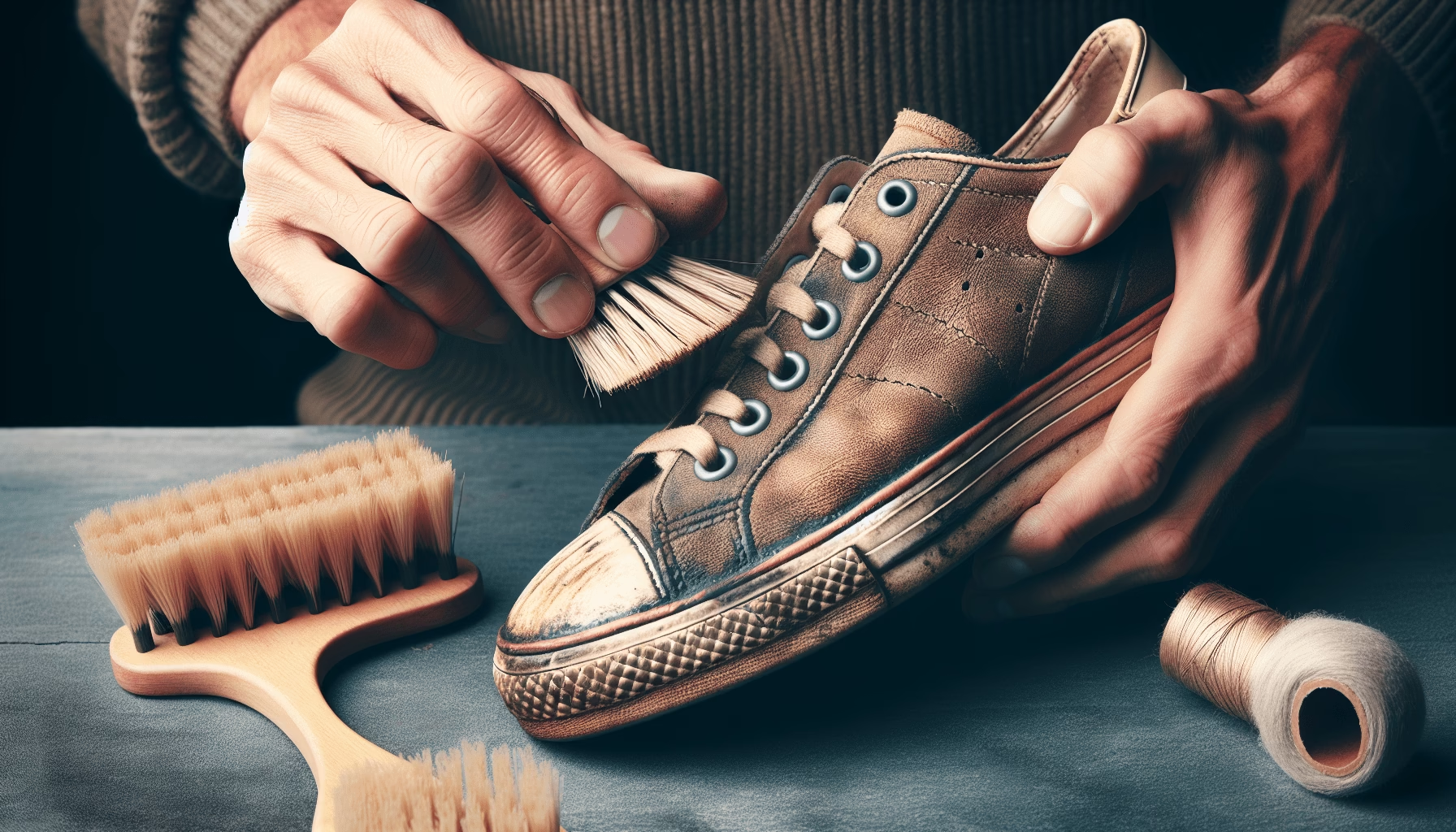Increasing Value Through Vintage Sneaker Restoration Techniques: Have you ever wondered why vintage sneakers continue to hold immense value in today’s fast-paced, ever-evolving sneaker market? The answer often lies not just in their originality but also in the art of vintage sneaker restoration. Breathing new life into these pieces of history not only increases their monetary value but also preserves the stories and culture attached to them. As collectors and enthusiasts alike strive to both appreciate and maximize the worth of their vintage sneaker collections, understanding restoration techniques becomes essential.
Table of Contents
Understanding Vintage Sneaker Value
Before delving into restoration, it is important to understand what gives vintage sneakers their value. Unlike contemporary pairs, vintage sneakers are often limited editions, early models from iconic brands, or feature designs that have stood the test of time. Their value is further driven by their rarity, historical significance, and the nostalgia they evoke.
Historical Impact of Sneakers
Sneakers, or athletic shoes, evolved from necessity to style symbols over decades. From the consolidation of sneaker culture in the 1970s to becoming a staple in fashion week runways today, each period gifted unique designs that collectors today cherish. Brands like Nike, Adidas, and Puma have played pivotal roles in sneaker history, and their vintage models carry tales of technological advancement, sports triumphs, and cultural milestones.
The Importance of Restoration
Restoration is crucial in preserving the quality and appeal of vintage sneakers. While the process requires technical skill and artistic sensibility, the results can profoundly impact both the aesthetic and monetary value of a shoe. Whether you’re a seasoned collector or just starting, understanding restoration methods allows you to make informed decisions that could increase the resale value of your sneakers.
Assessing Condition and Value
First and foremost, evaluating the condition of a sneaker is essential. This assessment guides the restoration process. Typical scrutiny touches on elements like the midsole, insole, upper material, and overall structural integrity. Issues like discoloration, sole separation, and minor tears or stains are common. Here’s how you can categorize conditions:
| Condition | Characteristics |
|---|---|
| A-Grade | Near mint, minor signs of wear |
| B-Grade | Some discoloration, minor scuffs |
| C-Grade | Noticeable issues such as major scuffs or partial sole separation |
| D-Grade | In need of major repairs, severely worn out |

Core Restoration Techniques
Once you’ve assessed their condition, you can begin to consider restoration steps. Here are some foundational techniques that apply to various materials and components of vintage sneakers.
Cleaning and Stain Removal
The first step in restoration is a thorough cleaning. Carefully removing dirt, stains, and discoloration can significantly enhance appearance. Depending on the material—suede, leather, canvas, or synthetic—you will use specific cleaning agents and methods.
- Leather: Use a gentle leather cleaner and a soft brush to avoid scratching.
- Suede: A rubber eraser and a suede brush can lift dirt and restore nap.
- Canvas: Mild soap and water with a toothbrush can help remove surface dirt.
Color and Dye Restoration
Over time, colors may fade or become uneven. Restoring the original hue often involves re-dyeing or painting the sneakers. Specialized sneaker paints or dyes can restore vibrancy. It’s crucial to match colors precisely and apply evenly.
Sole Regeneration and Re-gluing
Soles are often the most worn-out part of vintage sneakers. Re-gluing sole separations with strong adhesive or replacing damaged soles entirely, if necessary, restores functionality and longevity.
- Re-gluing: Ensure surfaces are clean and dry before applying adhesive.
- Replacement: Choose soles that match the original style and thickness.
Odor and Mold Treatment
Odor can be a significant concern with vintage sneakers. Baking soda, activated charcoal, or deodorizing sprays specifically for shoes can be effective. Additionally, store sneakers in a dry place to prevent mold, and use silica packets for moisture absorption.
Advanced Techniques for Experienced Restorers
For those with more experience or aiming to enhance their restoration skills further, some advanced techniques may apply.
Stitching and Patchwork
Worn or torn areas on sneakers may demand repair. Careful stitching and patchwork can stabilize and reinforce such areas. Use a needle and thread that matches the color and thickness of the original design.
Sole Swapping
Sometimes vintage sneakers’ original soles are too far gone. Swapping soles with compatible contemporary models while maintaining the shoe’s authenticity can be a complex but rewarding endeavor.
Material Preservation and Enhancement
Preserving the original materials such as leather rubber is critical. After cleaning, conditioning leather to prevent cracking or nourishing suede for resilience ensures long-term durability.

Case Studies: Successful Sneaker Restorations
Examining successful restoration stories can offer insights and inspiration. Here are a few examples:
Nike Air Jordan 1
The Air Jordan 1 from the 1980s is a frequent subject of restoration given its iconic status. Strategies include sole swaps from newer models, re-dyeing faded sections, carefully reattaching soles, and even perfuming to eliminate musty odors. These restoration steps have brought back the shoe’s original appeal while maintaining its historical essence.
Adidas Samba
The Samba is another popular model often requiring restoration. Preserving its classic leather and suede mixture involves rigorous cleaning and strategic color restoration—a process that has doubled their value in certain cases.
The Economics of Restoration
Restoration can dramatically elevate a sneaker’s value. But costs exist, from professional services to materials and tools. On average, restoration might increase a sneaker’s resale value by 30-50%, depending on its rarity and post-restoration condition. Making informed decisions on when and how much to invest in restoration can optimize returns if you plan on reselling.

Final Thoughts on Preservation and Value
Restoring your vintage sneakers isn’t just about financial gain; it’s about preserving a piece of cultural history. Each pair tells a story—from the basketball courts of Chicago to the dance floors of New York City. By mastering restoration techniques, you help continue these legacies, all while enjoying the revitalization of timeless designs.
Savor the satisfaction that comes from transforming a seemingly worn-out pair of sneakers into a cherished collector’s item. Whether for personal enjoyment or financial gain, these meticulous efforts can ensure that your vintage sneakers endure in both form and story for years to come.


